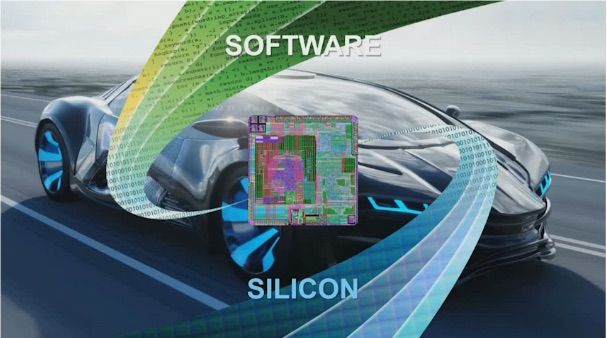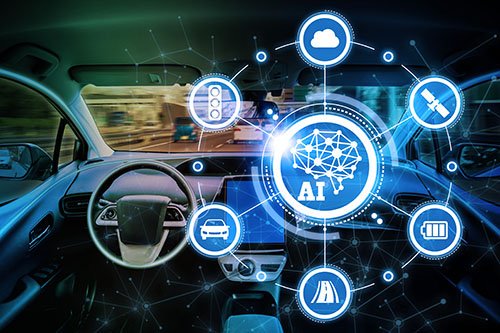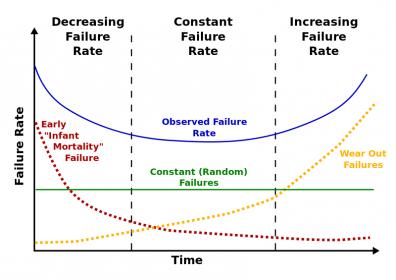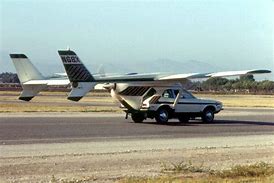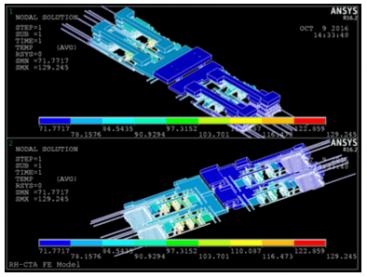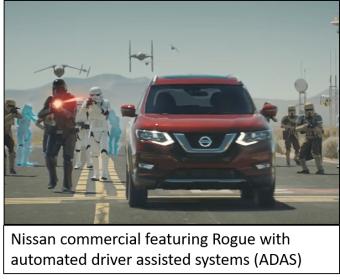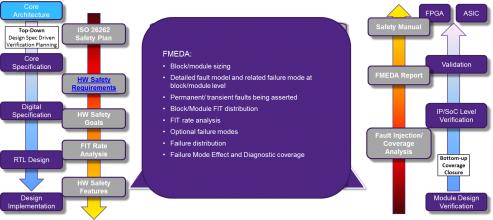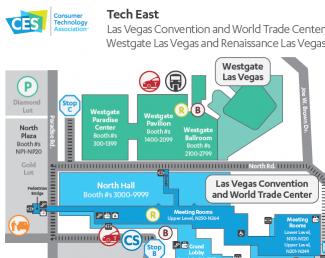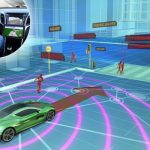Automotive applications are having a tremendous influence on semiconductor design. This influence is coming from innovations in cloud computing, artificial intelligence, communications, sensors that all serve the requirements of the automotive market. It should come as no surprise that ADAS and autonomous driving are … Read More
Tag: adas
Functional Safety Methodologies for Automotive Applications
During Q&A session at San Jose GTC 2018, nVidia CEO Jen-Hsun Huang reiterated that critical functional safety, such as in autonomous vehicle, requires both the redundancy and the diversity aspects. For example, CUDA with Tensor core and GPU with DLA were both utilized. Safety is paramount to automotive applications. Any… Read More
New Architectures for Automotive Intelligence
My first car was a used 1971 Volvo 142 and probably did not contain more than a handful of transistors. I used to joke that it could easily survive the EMP from a nuclear explosion. Now, of course, cars contain dozens or more processors, DSP’s and other chips containing millions of transistors. It’s widely expected that the number … Read More
Webinar: Multiphysics Reliability Signoff for Next-Generation Automotive Electronics Systems
In case you missed the TSMC event, ANSYS and TSMC are going to reprise a very important topic – signing-off reliability for ADAS and semi-autonomous /autonomous systems. This topic hasn’t had a lot of media attention amid the glamor and glitz of what might be possible in driverless cars. But it now seems like the cold light of real … Read More
Conflating ISO 26262 and DO-254
If you’re in the ASIC business, by now you should have a rough understanding of ISO 26262, the safety standard for automotive electronics. You may be less familiar with DO-254 which has somewhat similar intent for airborne electronics. Unless, that is, you design with FPGAs in which case your familiarity may be the other way around… Read More
Thermal Modeling for ADAS goes MultiPhysics
In electronic system design, we have grown comfortable with the idea that different regimes of analysis, such as the chip, the package and the system, or electrical, thermal and stress are more or less independent – what starts in one regime stays in that regime, give or take some margin information passed onto other regimes. And… Read More
Mentor Tessent Products Ready for Second Edition of ISO 26262 Coming in March 2018
Have you notice how smart your automobile is getting? Watching the first round of NFL playoffs I lost count on the number of TV commercials showing cars weaving through tight construction zones (and Star Wars figures), big trucks parking in incredibly tight spaces, cars avoiding rear-end collisions and pedestrians, and even … Read More
Achieving ISO 26262 Certification with ASIL Ready IP
According with McKinsey, “analysts predict revenue growth for advanced driver assistance systems (ADAS) to be up to 29 percent, giving the segment one of the highest growth rates in the automotive and related industries.” Design cycle in automotive segment is much longer than in segments like mobile, PC or consumer. If you expect… Read More
Going to CES 2018? Don’t Miss CEVA-powered Demos!
CES 2018 will start soon and will be held on January 9-12 in Las Vegas. If you plan to go to Vegas, don’t miss CEVA-powered smart and connected products and demos! CEVA’s product portfolio includes DSP IP cores (the smart) and RivieraWaves IP platforms supporting wireless protocols, like WiFi and Bluetooth (the connected).
DSP … Read More
Webinar: ADAS and Real-Time Vision Processing
ADAS is in many ways the epicenter of directions in the driverless car (or bus or truck). Short of actually running the car hands-free through a whole trip, ADAS has now advanced beyond mere warnings to providing some level of steering and braking control (in both cases for collision avoidance), providing more adaptive cruise control,… Read More


